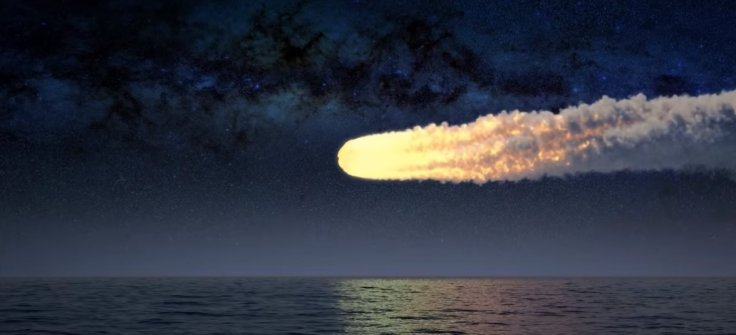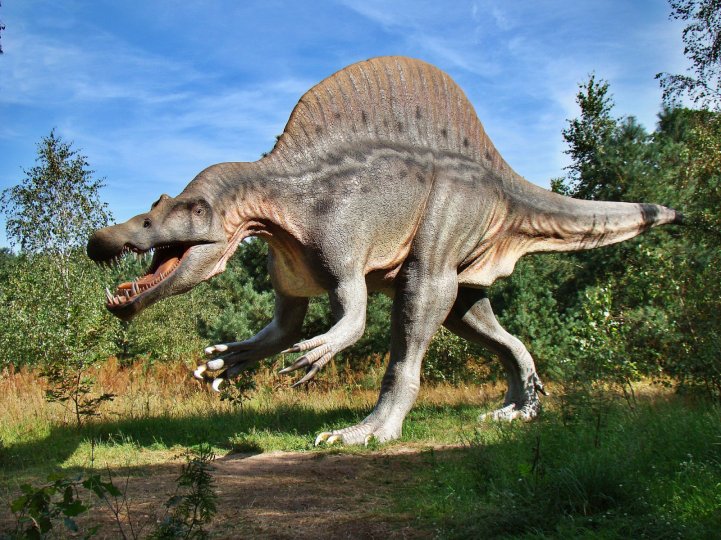Around 66 million years back, a giant asteroid hit the earth with its full fury and caused unprecedented catastrophic events all across the planet. The aftermath of the event was disastrous, as it led to the gradual extinction of dinosaurs, a dominant living species on earth at that time.
Even though scientists were well aware that the asteroid hit was the prime cause of this extinction-level event on the Earth, the precise sequence of events that led to the disappearance of various species remained a mystery.

Dusty atmosphere prevented photosynthesis
Previous studies have found that the release of sulfur during the impact, coupled with soot from widespread wildfires pulled the earth to a state of global winter, resulting in the extinction of various species.
However, a new study report published in the journal Nature Geoscience has suggested that it was the cosmic veil of dust that spread across the earth's atmosphere after the asteroid impact which resulted in the extinction of dinosaurs.

According to the study report, this fine dust which gulped the atmosphere eclipsed the sun's rays from reaching the surface of the planet, thus preventing plants from doing photosynthesis.
"Photosynthesis shutting down for almost two years after impact caused severe challenges (for life). It collapsed the food web, creating a chain reaction of extinctions," said Cem Berk Senel, a postdoctoral researcher at the Royal Observatory of Belgium, CNN reported.
15 to 20 years of global winter
The research report further noted that it took almost 15 years for the dust to settle down. During this period, the temperature on Earth also fell by 15 degrees Celsius.
"The endurance of this dust in obstructing photosynthesis for such an extended duration presents a dire scenario. It could potentially instigate a cascading chain reaction of extinction that reverberates throughout the entirety of the Earth's intricate food chain," Senel added.
Researchers further pointed out that the complete recovery from this asteroid dust-induced winter would have taken more time than previous assumptions, with the pre-collision temperature conditions returning about 20 years after the impact.









